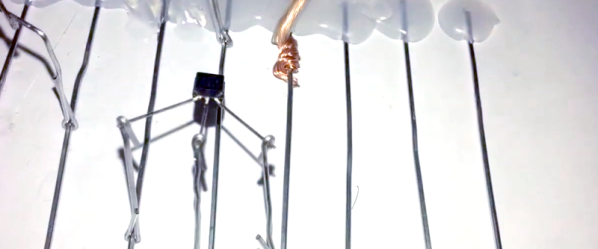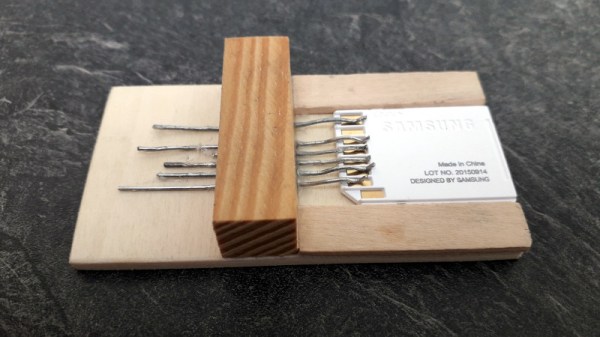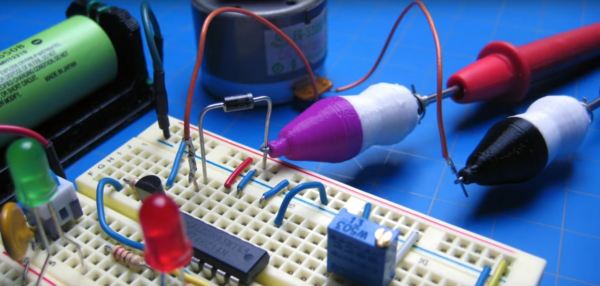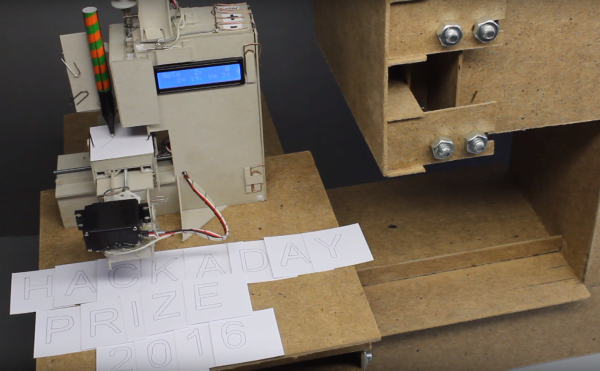Ever been fiddling around at your desk in the office, wondering if some grander structure might come from an assemblage of paper clips, pens, and binder clips? You’re not alone. Let your mind contemplate these beautiful maths sculptures from [Zachary Abel].
[Zachary] has a knack for both three-dimensional forms and the artistic use of color. His Möbius Clips sculpture ably takes 110 humble pieces of office equipment in multiple colors, and laces them into a continuous strip that has beguiled humanity for generations. The simple paper clip becomes a dodecahedron, a colorful spiralling ball, or a tightly-stitched box. He does great things with playing cards too.
What elevates his work is that there’s a mathematical structure to it. It’s so much more than a pile of stationary, there’s always a geometry, a pattern which your mind latches on to when you see it. He also often shares the mathematical background behind his work, too.
If you’re fumbling about with the contents of your desk drawer while another Zoom meeting drags on, you might want to challenge yourself to draw from [Zachary’s] example. If you pull off something fantastical, do let us know!

















